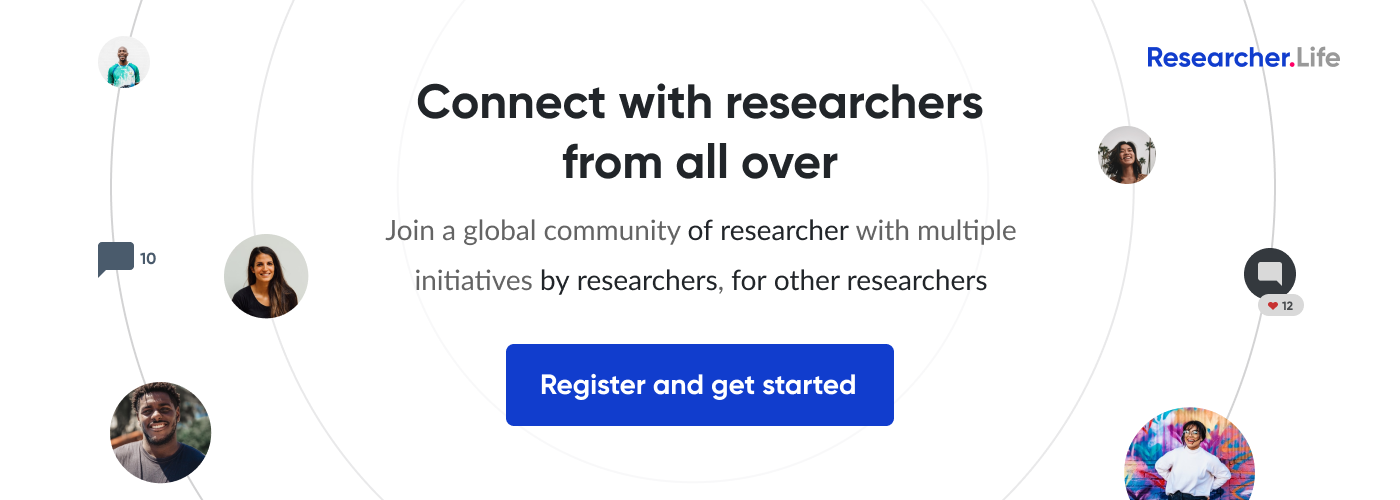Researchers ask, we answer: Top 10 questions on our Q&A Forum in 2015

As 2015 draws to a close, it would be interesting to take a look at the issues that bothered researchers over the past year. This has been a truly exciting year for the Editage Insights team: we have been on our toes, answering the flood of questions pouring in from researchers across the world. While researchers had questions on various aspects of academic writing and publishing, let’s take a look at the top three recurrent themes or areas of concern for researchers this year:
Some of the other common themes that the questions revolved around were authorship and affiliations, manuscript writing, references and citations, communicating with journals, impact factor, conflict of interest, etc. This post lists the top 10 questions addressed to our Q&A forum with a gist of the answers. Read the original Q&A for the complete answer.
1. What is the difference between a research paper and a review paper?
A research paper is based on original research conducted by the author while a review paper is based on other published articles in the field. While original research papers are more common, review papers are also considered valuable as they summarize the findings of existing literature.
2. What are the basic rules for submitting the same research to a conference and a journal?
The same research can be presented at a conference and a journal. However, there are some rules to be followed to avoid allegations of duplicate submission. We provide detailed guidelines.
3. Which personal pronoun should be used in a single-author paper?
It is preferable to use “I” in a single-author paper, particularly when referring to what the author did exclusively, such as conducting experiments or collecting data. "We" can be used sparingly, when referring to readers or to everyone in the field in general; however, even in such cases, the passive construction is usually preferred.
4. Does a quick second round of peer review indicate rejection?
The second round of peer review is generally quicker than the first round, particularly if the paper is sent to the same set of reviewers. Even if the review was unusually quick, it does not necessarily mean that the paper has been rejected. It could also mean that the reviewers were satisfied with the changes you made.
5. Is it plagiarism if two studies use the same text in the methods section?
In general, reviewers and editors allow a slightly higher percentage of similar content in the methods section. However to avoid plagiarism, it is essential to cite the source article in which the methods were first described and reword the text as far as possible.
6. Can a retiree mention his former organization in his affiliations?
In case the research was started when the author was an employee of the organization, he or she can list the former organization in the affiliations. If that is not the case, the author can publish his paper as an independent researcher without any affiliations.
7. How to write a pre-submission inquiry?
A pre-submission inquiry letter should provide the title and a short summary of the paper. To help the journal assess the study, it is important to include some information about the breadth and depth of the study, the nature of evidence provided, and why the journal might find the paper interesting.
8. What is the standard number of references a paper should have?
Regarding reference citations, there is no specific number or range that is considered as the normal or standard. The number of references you will use depends on how much literature exists on the topic. However, some journals might have restrictions on the maximum number of references to be used; this is usually mentioned in the author guidelines.
9. How can I know the IF of a journal that has changed its title?
A journal that has changed its title will have an impact factor only two years after the new title has been in circulation. Till then, the old title will continue to have an impact factor. This can be verified by looking for the impact factor of the old and new journal titles in publicly available versions of Journal Citation Reports (JCR) for previous and current years.
10. What is the threshold amount for disclosure of financial conflict of interest?
While most international journals do not specify a threshold amount to be disclosed for conflict of interest, any amount more than $5000 is considered as significant financial interest and should be declared, as per the Financial Conflict of Interest (FCOI) regulations. We provide a detailed explanation of what should be in a disclosure of financial conflict of interest.
Do you have any question about manuscript writing or publishing? Are you facing a confusing situation and do not know the best way to resolve it? If there’s anything that’s bothering you, you can post your question here. Our team of publication experts will soon get back to you.
The Editage Insights team wish all the readers a very Happy New Year and a wonderful 2016! See you next year!
Published on: Dec 31, 2015
Comments
You're looking to give wings to your academic career and publication journey. We like that!
Why don't we give you complete access! Create a free account and get unlimited access to all resources & a vibrant researcher community.














